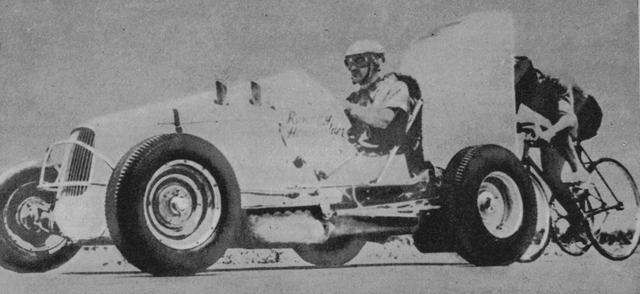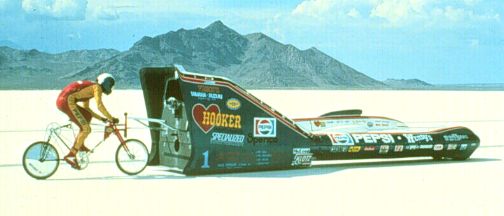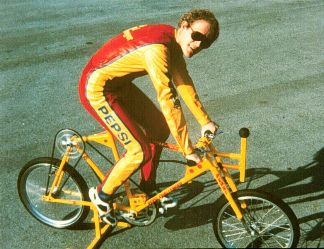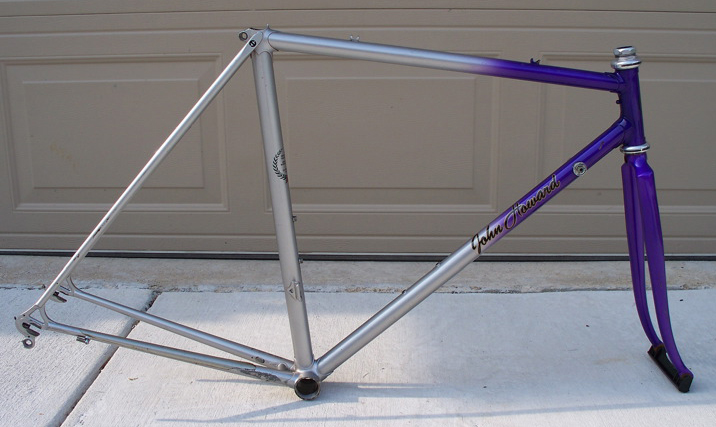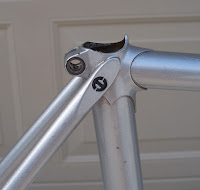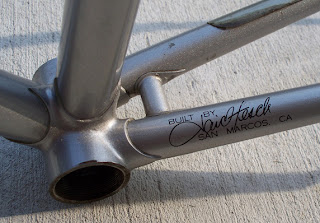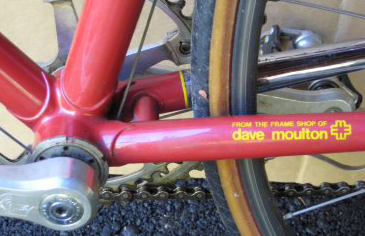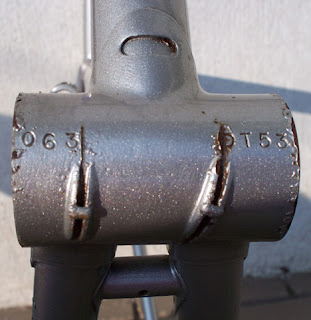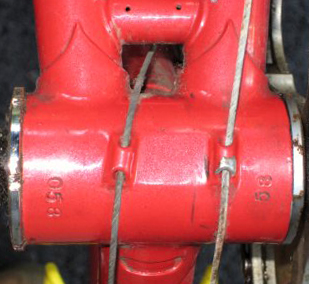Success and Fate
 Mon, August 16, 2010
Mon, August 16, 2010 Looking back on the United States part of my framebuilding career, although some of my success I created, fate also played a large role.
For example in 1980 I went for a job interview with Trek, in Wisconsin; I didn’t get the position, but later that same year I landed a job with Masi in Southern California.
When I eventually started my own business I was definitely in the right place. California, and in particular the southern part of that state, has a climate where one can ride a bike year round. Had I opened my own framebuilding shop in Wisconsin, business would have definitely been seasonal.
Also when Masi laid me off at the end of 1981 it was due to an overstock of unsold frames coinciding with a recession. It was not because of anything I had done, and it was not necessarily Masi’s doing either.
They were only too pleased to rent me space in their shop to build my own frames, as they also had a drop in income. This got me started back in my own business again, and I was able to resume building custom frames; something I had not done since leaving England in 1979.
Then when John Howard, ex-Olympic rider and winner of the first Ironman Triathlon approached me in 1983 to build frames under his own name, it gave me a contract to build five frames a week.
This brought in a steady income to supplement what I was already making from my custom frames. It enabled me to open my own framebuilding facility, along with my own paint shop.
The John Howard frame was a short lived project that only lasted a year; again due to circumstances largely outside of my control, and of which I have outlined in a previous article.
This left me scrambling to find a replacement to fill the void in my production capabilities. Once again fate had played a hand and out of that the Fuso was conceived.
The John Howard frame was always underpriced and profit margins were small. It was competing head on with the Masi and Italian import frames, but was not an established brand at that time, so we had to produce and sell it for less.
With lessons learned from the John Howard frame, the Fuso came into being in 1984. The extreme luxuries like chrome plating were dispensed with, and the Fuso was a well designed, well built product with nice paint and graphics.
No longer having to split profits with a middle man; I now had a frame that was a reasonable price and would compete favorably with the import frames.
The Fuso had a good run for almost ten years, when once again fate took a hand in the form of the Mountain Bike; people stopped buying road bikes. However, this time I did not rise to the challenge and re-invent myself or my business.
Maybe I had been knocked down one too many times; I was thoroughly burned out with the bike business, and no longer wanted to be a part of it.
If someone had offered me a job in the bike business, I would have considered it. But to run my own business again, subject to all the whims of the market and the consumer. No, thank you very much
Looking back I have no regrets, but can't help but wonder what if I had landed that job with Trek back in 1980. Would they have treated me well enough that I stayed?
I might be retired by now with a large pension from some executive position. On the other hand I doubt if it would have been as satisfying as what I did do.
And is money the only consideration when a person looks back on what they have achieved? At some point we die and money has little bearing on anything

























